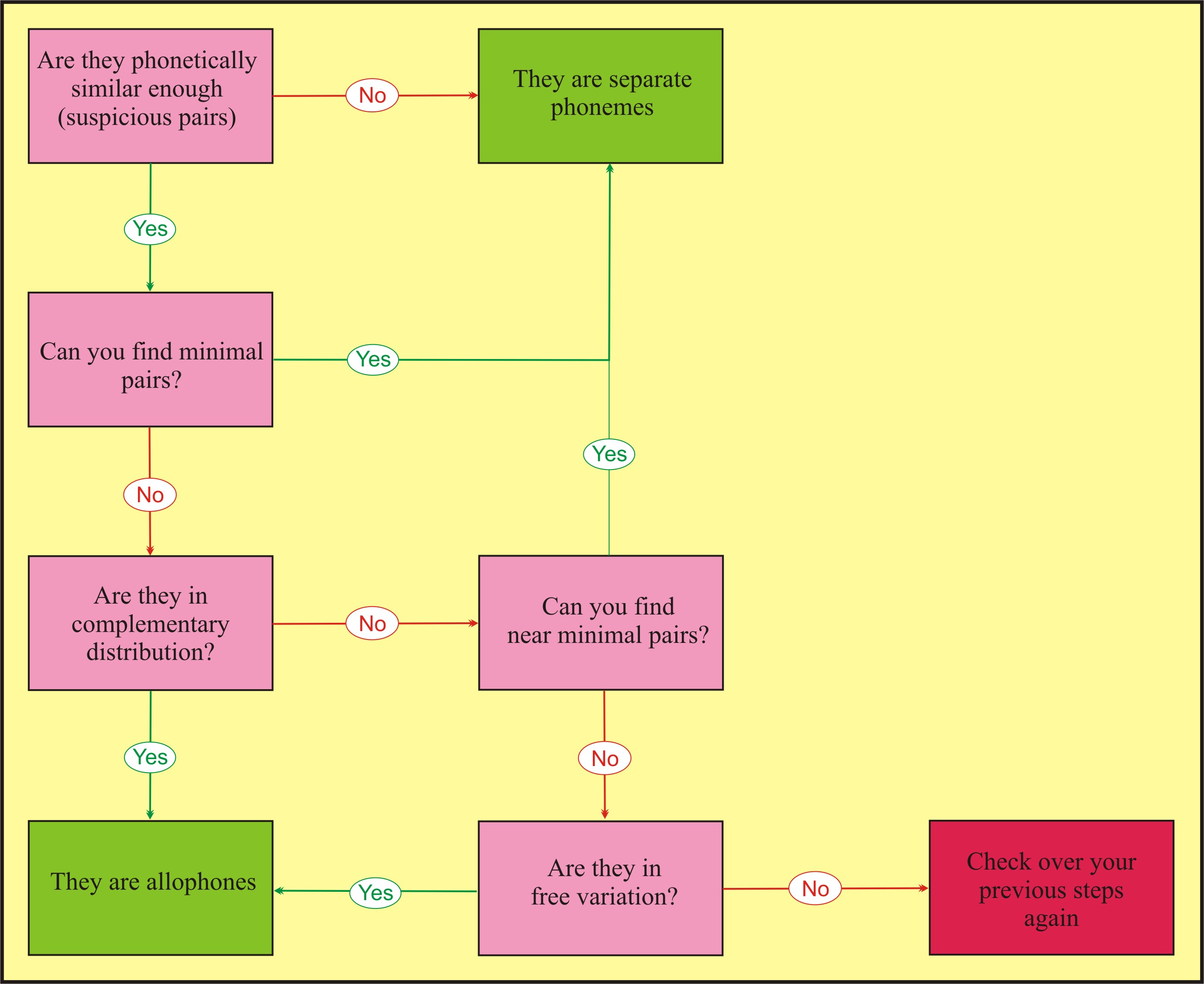


Are you sure you want to reset the form?
Your mail has been sent successfully
Are you sure you want to remove the alert?
Your session is about to expire! You will be signed out in
Do you wish to stay signed in?

Linguistics: An Introduction > Student Resources > Chapter 2
2.1 IPA Charts and fonts
The textbook uses a simplified version of the IPA chart, omitting some of the less commonly used letters and diacritics, and organizing the chart in a somewhat simpler way.
You can see the full version of the latest version of the IPA (dated 2015) on the website of the International Phonetic Association. A pdf version of the latest version Chart can be downloaded there. (Note that the chart is updated occasionally, new symbols being added for new phones that are found in previously undescribed languages.)
Click here for a website that lists IPA symbols with their sounds. Clicking on a symbol you can hear the sound.
Most Unicode compliant fonts – e.g. Times New Roman, Arial and Lucida Sans Unicode – have the full set of IPA symbols (though diacritics sometimes do not work perfectly). In Word for Windows you can access the IPA characters by going to the Insert tab, selecting the Symbol tab and then click on More Symbols … This takes you to the list of symbols available for each installed font on your computer. Then you search for the relevant letter. Most IPA symbols will be found under IPA Extensions, Spacing Modifier Letters, and Combining Diacritical Marks, though some are located elsewhere, e.g. the signs for clicks and engma).
An easier and more convenient means of inputting IPA to your document is with a soft keyboard. An online keyboard can be found here. There are others that you can find by searching on the internet.
Some of the IPA fonts you find on the internet are not Unicode; for instance, the SIL International website has Unicode IPA fonts, as well as non-Unicode ones.
Wikipedia provides extensive information on the IPA and links to free IPA fonts etc.
2.2 'The farmer kills the duckling'
You can hear my production of The farmer kissed the duckling from which the wave representation of Figure 2.1 in the textbook. Try to correlate the sounds you hear with the wave representation. If you know how to use the program Praat, it will be helpful to listen to the file in that program, and simultaneously display the wav and spectrogram displays.
2.3 Sample layout of a phonological problem
On pp. 47–48 of the textbook a Gooniyandi problem is discussed, illustrating the reasoning processes involved in solving the problem. Here we illustrate how to lay out answers to questions in phonology in your tests or exams by providing a model solution to that problem.
Question 1
Based on the following Gooniyandi data, are [d] and [ɖ] distinct phonemes or allophones of a single phoneme? Justify your claim.
| [ɟʊdu] | ‘straight’ | | [laɾgaɖi] | ‘boab tree’ |
| [ŋaɭʊdu] | ‘three’ | | [lambaɖi] | ‘little’ |
| [waɖa] | ‘star’ | | [bɪɖi] | ‘thigh’ |
| [lambadi] | ‘father in law’ | | [mɑːdi] | ‘cold’ |
| [ɟʊɖu] | ‘dust’ | | [t̪aɻɪdi] | ‘heavy’ |
| [bɪdi] | ‘they’ | | [lawɑdi] | ‘shoulder’ |
Model answer
The phones [d] and [ɖ] represent two different phonemes in Gooniyandi, /d/ and /ɖ/.
First, the two phones are suspicious pairs: both are made with the tip of the tongue in roughly the same region in the oral cavity: the alveolar ridge for [d], and just behind it, in the pre-palatal region, for [ɖ]. They are therefore sufficiently similar phonetically to be possible allophones.
Second, there are minimal pairs in the list provided that show that [d] and [ɖ] do actually occur contrastively in the same phonetic environments. The minimal pairs are:
| [ɟʊdu] | ‘straight’ | | [ɟʊɖu] | ‘dust’ |
| [lambadi] | ‘father in law’ | | [lambaɖi] | ‘little’ |
| [bɪdi] | ‘they’ | | [bɪɖi] | ‘thigh’ |
This demonstrates that the two segments are phonemically distinct.
2.4 Basic procedure for determining allophony
The basic procedure for determining whether two phones are allophones of a single phoneme or represent different phonemes is shown in the flowchart below.

In the beginning stages it may be helpful for you to follow this procedure in solving phonological problems. However, as you get greater experience you will not need to slavishly follow the procedure.
2.5 Links
The home page of the International Phonetic Association is worth visiting. It contains much useful information, including the International Phonetic Alphabet, links to phonetic fonts, sample sound recordings, and links to other useful websites.
For phonetic fonts, see the links in 2.1 — IPA chart and fonts.
On p.000 of the textbook it is observed that the high point of the tongue in the oral cavity effectively divides the supra-glottal cavity into two resonating chambers. Vowel sounds can be modelled with two resonating chambers of different sizes; a number of mathematical models of vowels are based on this. For a nice practical illustration of vowel-like sounds produced by two plastic chambers click here.
Peter Ladefoged’s excellent textbook on phonetics (3rd edition 2012, see the References section of the textbook for details) has an accompanying website that is well worth visiting. The pages for Chapter 2 give examples of tone (in Standard Chinese and Cantonese) and intonation (in English) (see pp.000 of textbook).
Youtube has a recording of Miriam Makeba singing The Click Song, which provides a number of examples of clicks.
Miriam Makeba - The Click Song (Qongqothwane)
2.6 Test your knowledge of this chapter
2.7 Additional Material
Issues for further thought and exercises